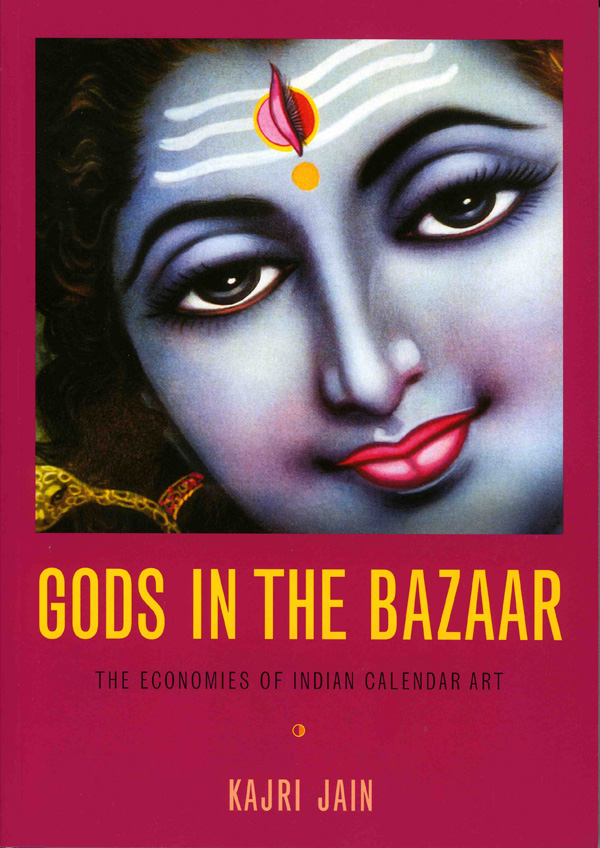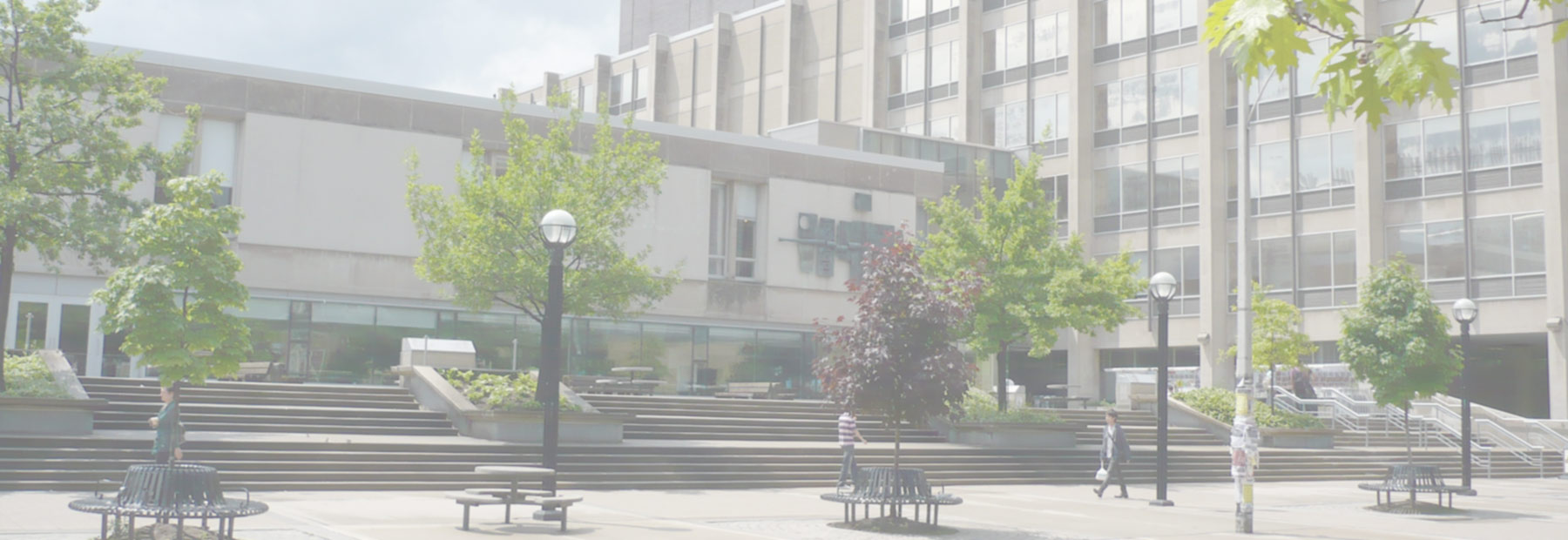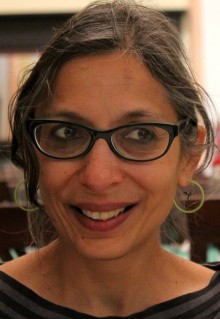Kajri Jain
I am interested in how the efficacies, affects, and values associated with images arise not only from what goes on within the picture-frame but also from the production, circulation, and deployments of images as material objects. I therefore find it useful to bring ethnographic sensibilities and methods to "visual" studies. My work on popular images in modern and contemporary India encompasses the bazaar icons known as "calendar art;" monumental statues; theme parks; and representations of "nature" in temples, gardens, zoos, and popular cinema. It has largely focused on a vernacular business ethos where religion has been the primary site for adopting new media and expressive techniques.
The unfinished business between images, religion, politics, and commerce troubles the legacies of European Romanticism and secular modernism that underpin much of our thinking about the aesthetic. So while my teaching is often based on South Asian materials, my courses take a postcolonial/decolonizing and transcultural approach to interrogating the disciplinary assumptions of art history, cinema studies, and visual studies. These critical perspectives also inform my writing on questions of method in art history, and on contemporary art in India and elsewhere.
In my current research project, I ask what vernacular images and spaces in India might tell us about how ideas of nature are mobilized - or come to grief - in the post-reform Indian public sphere. What can these sites tell us about about aesthetic or moral-ethical values that sit in tension with modern artistic traditions predicated on our separation from nature and the sublimation of the sacred into art? What happens to nature in an expressive context where where religious images are still efficacious, and where Romanticism arrived with colonialism rather than responding directly to the Industrial Revolution?
Selected Publications
- Gods in the Time of Democracy, Durham: Duke University Press, 2021
- Response to questionnaire on “Decolonizing Art History,” Art History, Volume 43, Issue 1, 2020, pp. 28-30.
- "Partition as Partage," Third Text (special issue To Draw the Line: Partitions, Dissonance, Art: A Case for South Asia, ed. Natasha Eaton and Alice Correia), 145-146, March-May 2017, pp. 187-203.
- "Gods in the Time of Automobility", Current Anthropology (special issue on New Media, New Publics? ed. Maria José de Abreu, Carlo Caduff, and Charles Hirschkind), Volume 58, Supplement 15, 2017, pp. S13-S26.
- 'Whose Emergency?’ Art History and Emergency: Crises in the Visual Arts and Humanities (Clark Studies in the Visual Arts), Williamstown, Massachusetts: Sterling and Francine Clark Art Institute, New Haven: Yale University Press, 2016, pp. 12-22.
Honours/Awards or Grants Received
- Social Science and Humanities Research Council Insight Grant, 2018-23: "Inorganic Nature and Public Space in Post-Liberalization India."
- Social Science and Humanities Research Council Standard Research Grant, 2009-12: "Highways to Heaven: Religious Spectacles and their Publics in Post-Reform India." Nominated for Aurora Prize (for outstanding new researchers).

People Type:
Roles:
- Image-cultures in modern India
- Postcolonial/decolonizing approaches to aesthetics and politics
- Art historiography and temporality
- Religion and media
- Conceptions and representations of "nature" in South Asia



